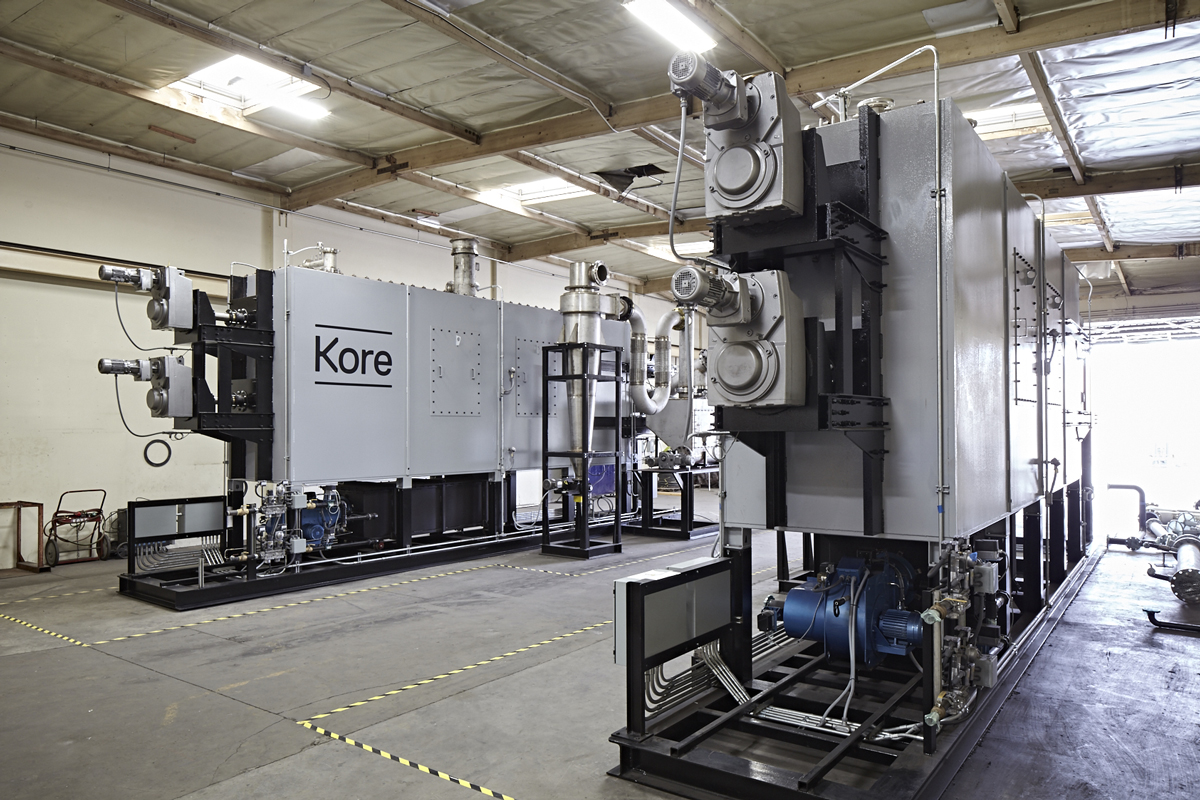From pv magazine Global
California-based Kore has developed a new way to produce hydrogen from biogas. It claims the new method could potentially provide hydrogen for less than $2 per kg.
“We produce biogas and biochar from biogenic feedstocks and the resulting biogas contains hydrogen, carbon monoxide, methane, and carbon dioxide,” Kore’s executive vice president of business development, Steve Wirtel, told pv magazine. “The carbon monoxide can also be converted into more hydrogen, and we can use that for hydrogen applications.”
California is a prime location for biomass conversion, as the primary feedstock is plentiful. Kore has partnered with Southern California Gas to develop a commercial-scale demonstration facility in Los Angeles.
“We expect that, as we start to commercialize our technology, the strategic companies that are looking to develop hydrogen, especially carbon-negative renewable hydrogen, will be interested in partnering with our company and potentially acquiring us at some point,” said Wirtel.
Wirtel said the state could offer more than 40 million tons of biomass per year.
“Apart from urban woody biomass and nearby agricultural residuals, California has a new initiative to thin out forests to reduce wildfire risks,” he said, noting that the state also offers favorable policies.
In the future, economies of scale and falling technology costs should favor similar locations. They will likely be the first ones to see plummeting hydrogen costs.
“The US Department of Energy has a goal of $1/kg of hydrogen by 2030. So everyone is aiming towards that. And we think that is feasible,” said Wirtel, noting that the process is carbon negative. “With the Kore process, half of the carbon in the feedstock is converted into the gas, and the other half is converted into solid elemental carbon char. This solid carbon won’t revert to carbon dioxide or methane. When used as a soil amendment, the carbon is permanently removed from the atmosphere. Hence the hydrogen produced is carbon negative. In other words, carbon is removed from the atmosphere.”
Paul Martin, one of the founders of the Hydrogen Science Coalition, said that biogas should be prioritized, as the conversion from biogas to hydrogen is energy-intensive.
“The reason hydrogen is expensive at vehicle refueling stations is that vehicle refueling stations themselves are very complex. Hydrogen heats up when you expand it, so you need not just high-pressure storage tanks and compressors, you need a massive mechanical refrigeration unit to pre-cool the hydrogen so it doesn’t cook the vehicle’s tanks,” he said.
Gasification technologies – biomass-to-hydrogen, but also plastic waste-to-hydrogen – are nothing new. But the current geopolitical situation, waste concerns and energy issues are now putting the spotlight on new applications.
This content is protected by copyright and may not be reused. If you want to cooperate with us and would like to reuse some of our content, please contact: editors@pv-magazine.com.








By submitting this form you agree to pv magazine using your data for the purposes of publishing your comment.
Your personal data will only be disclosed or otherwise transmitted to third parties for the purposes of spam filtering or if this is necessary for technical maintenance of the website. Any other transfer to third parties will not take place unless this is justified on the basis of applicable data protection regulations or if pv magazine is legally obliged to do so.
You may revoke this consent at any time with effect for the future, in which case your personal data will be deleted immediately. Otherwise, your data will be deleted if pv magazine has processed your request or the purpose of data storage is fulfilled.
Further information on data privacy can be found in our Data Protection Policy.